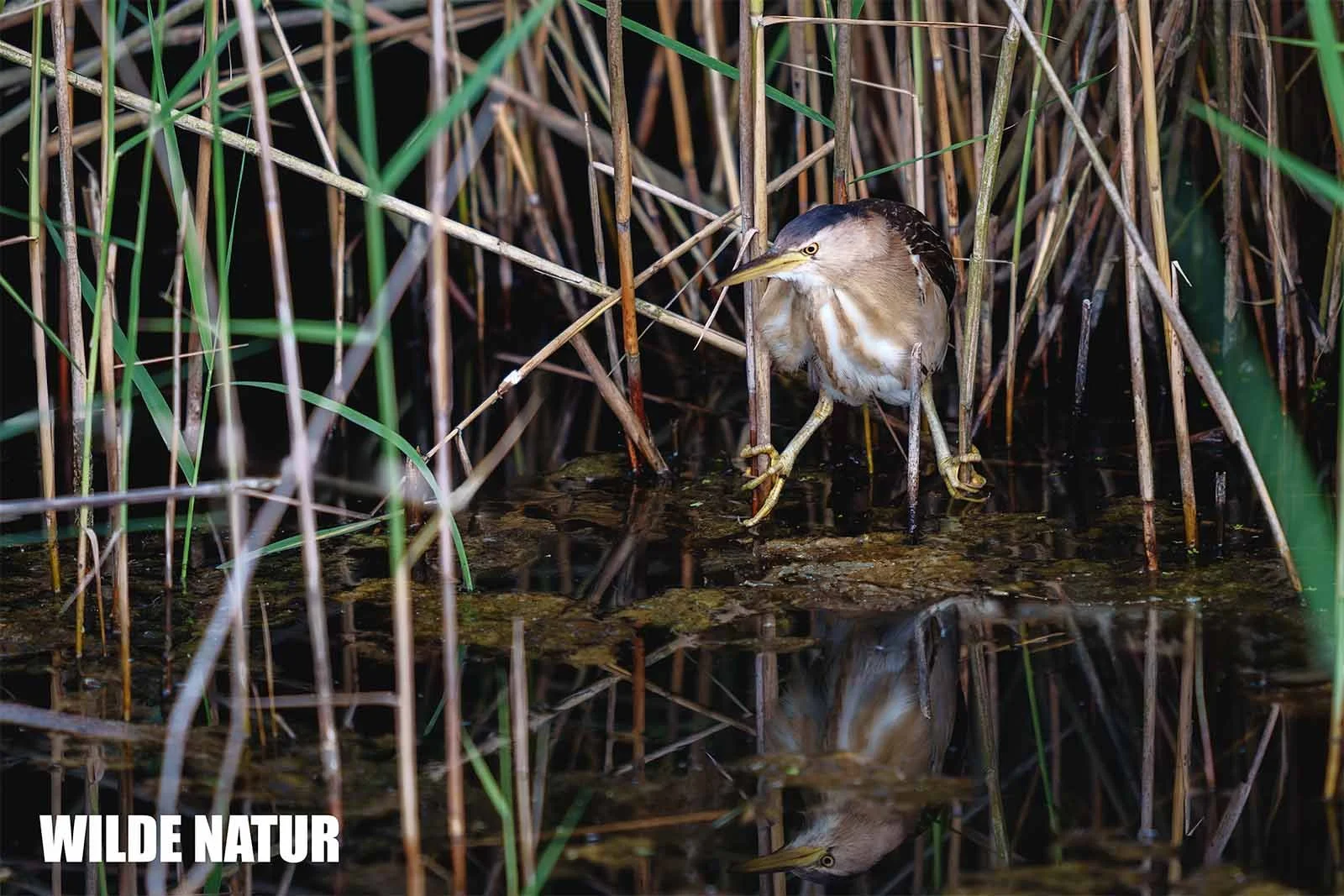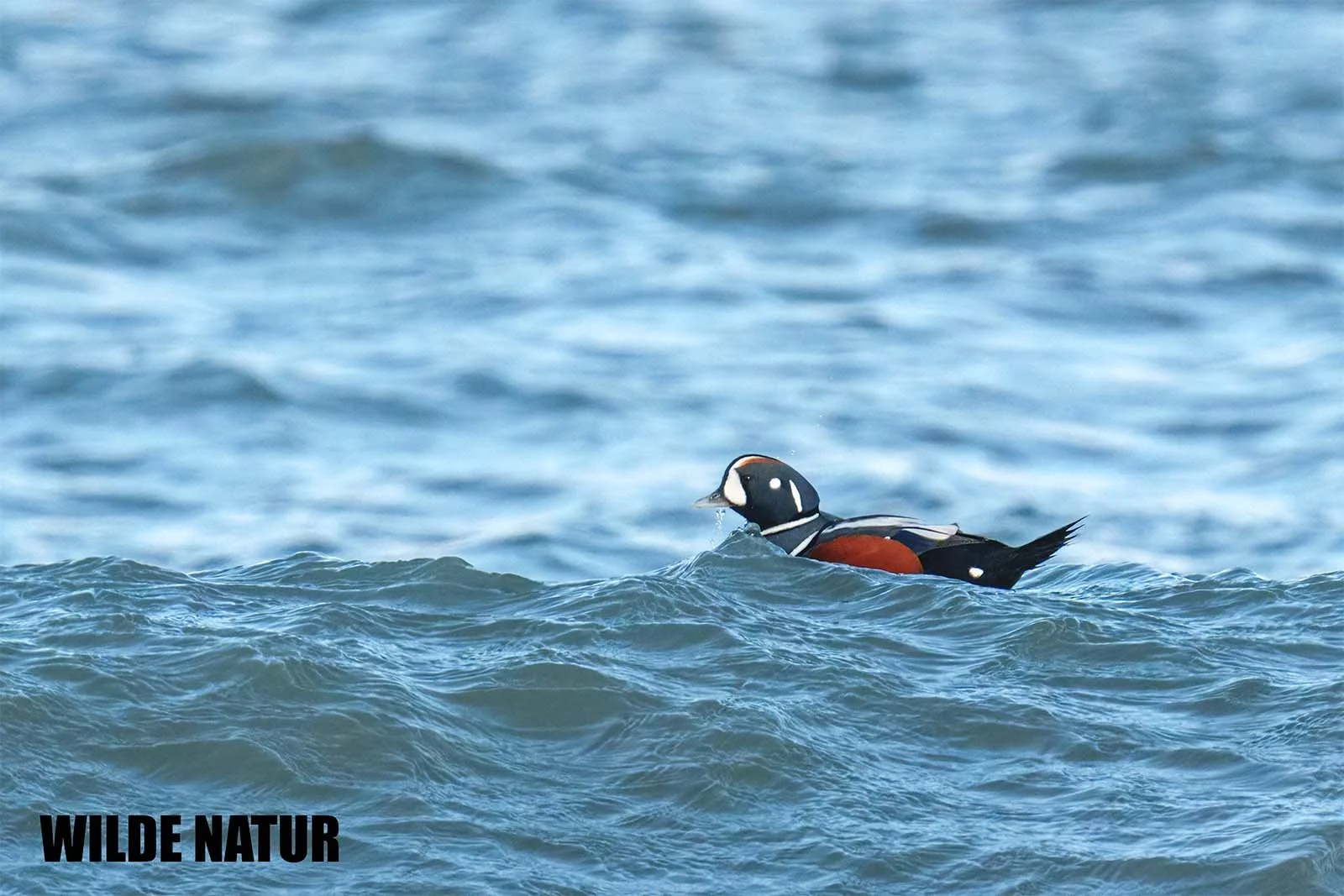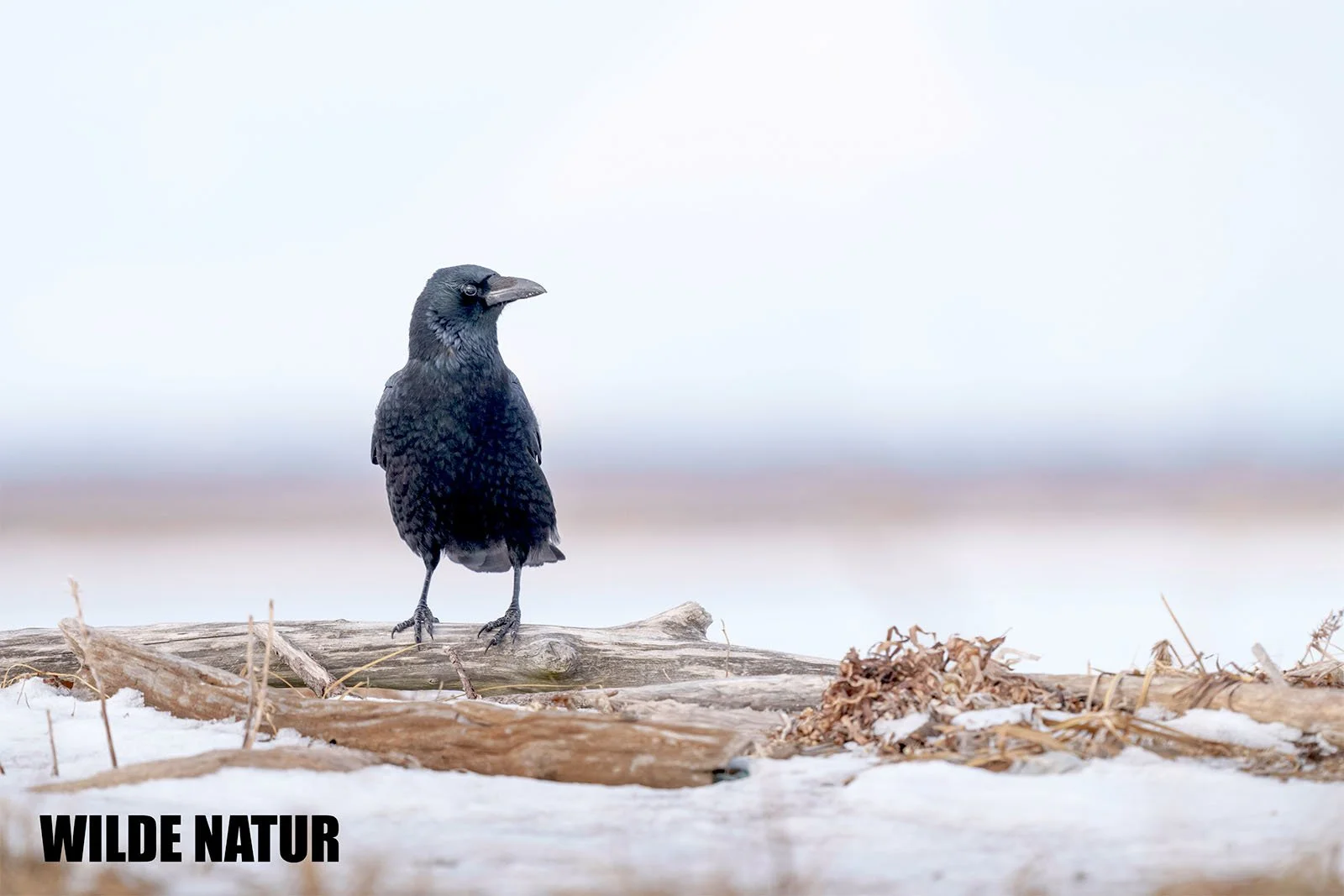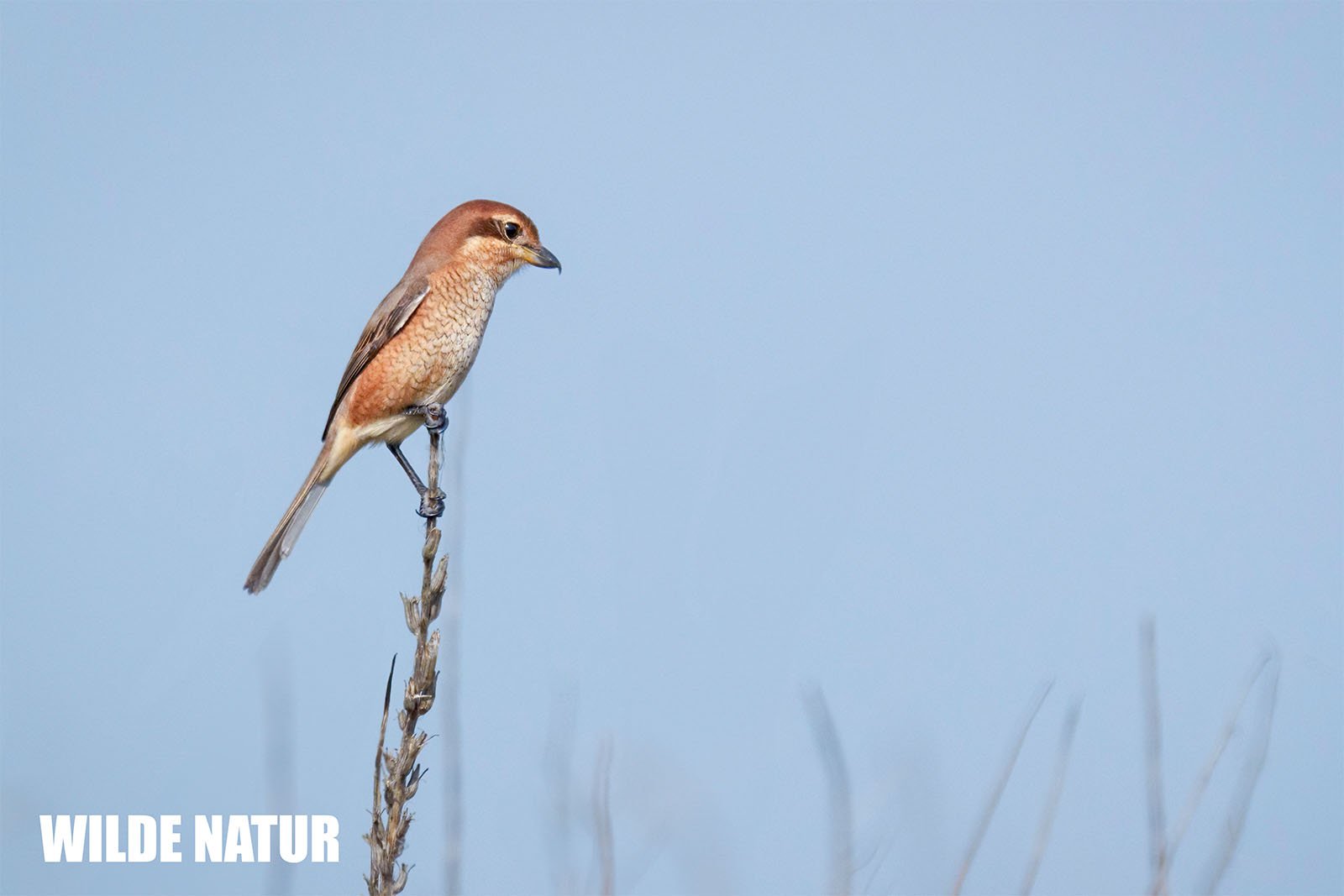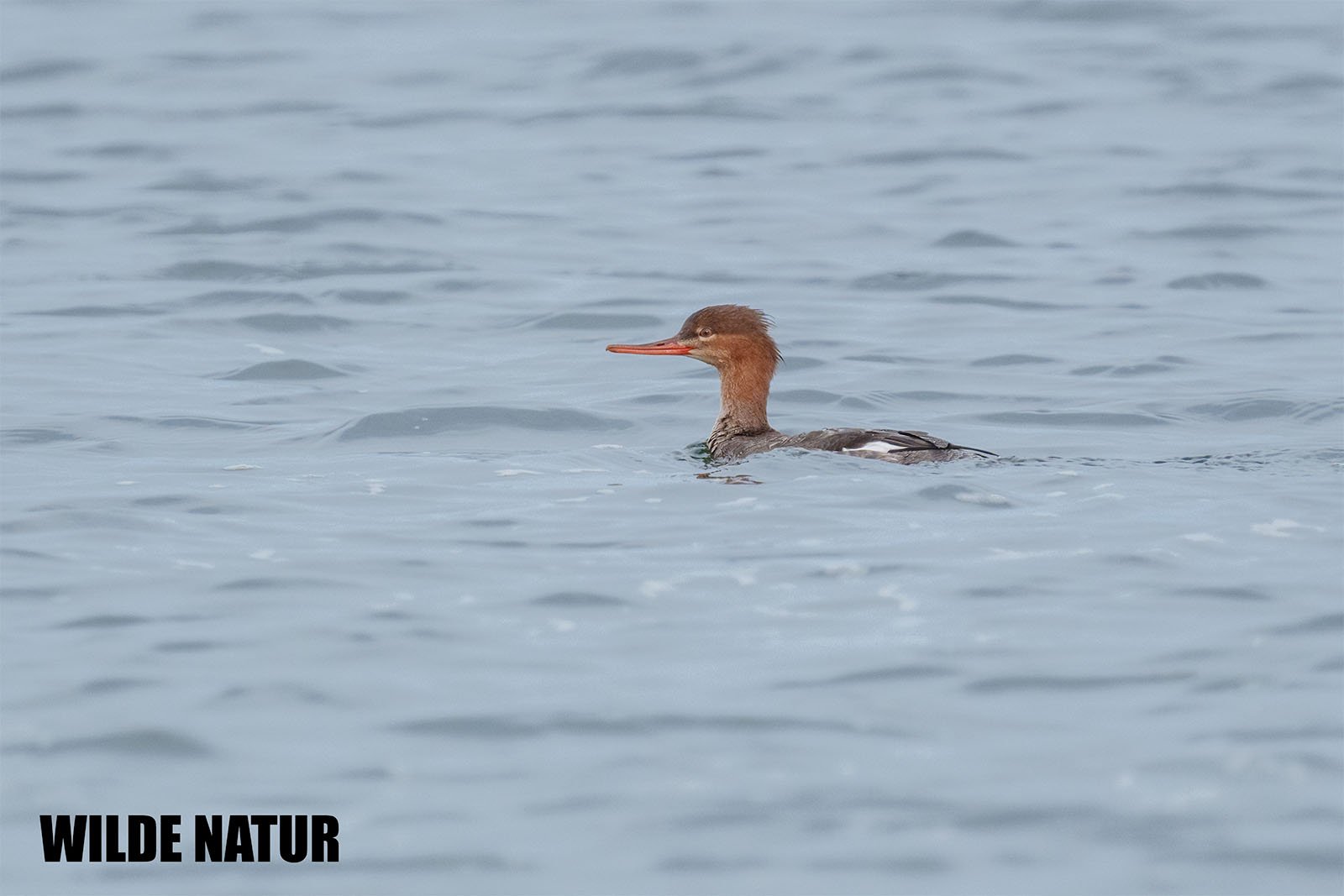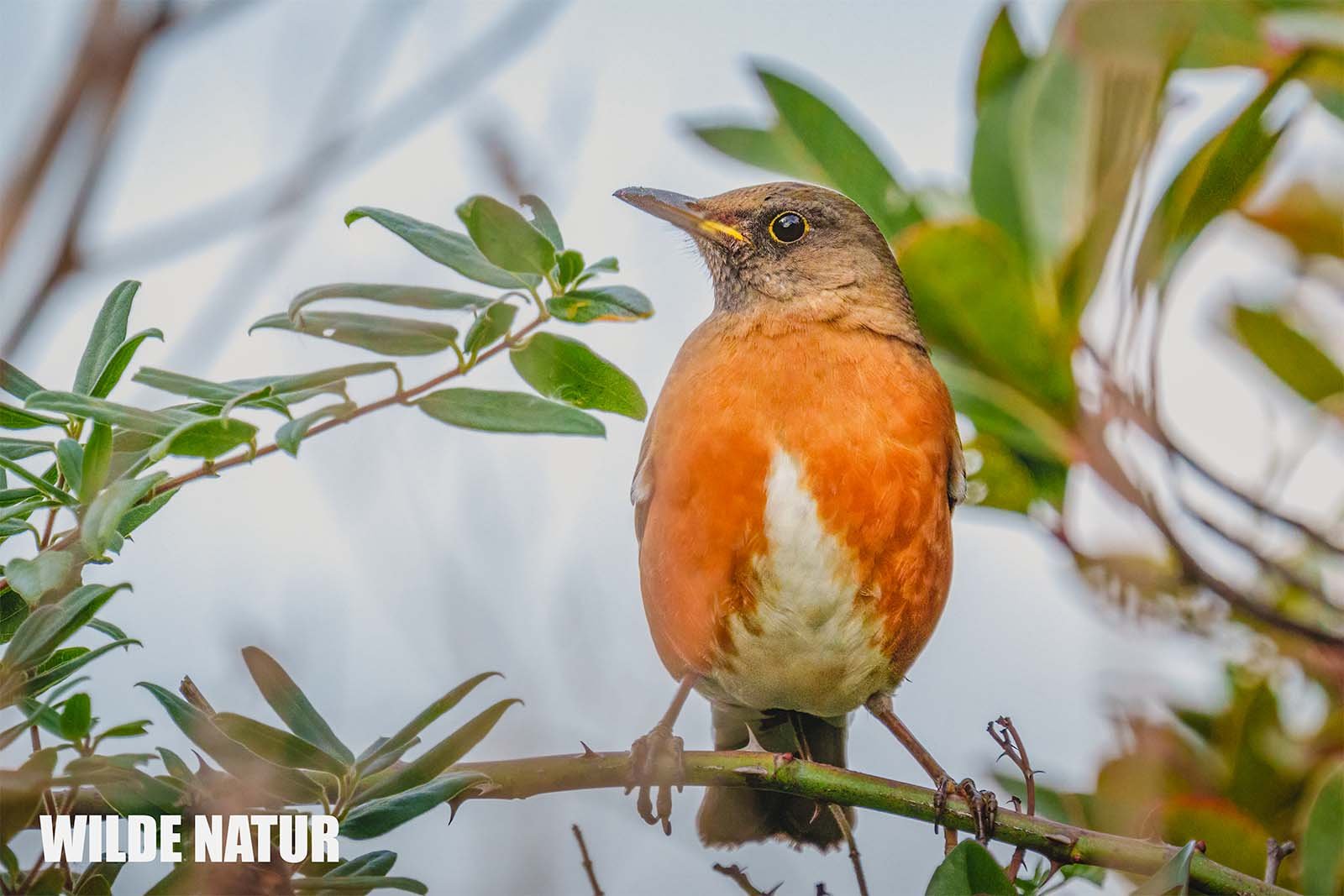Japanese wagtail (Motacilla grandis)
Japanese wagtail (Motacilla grandis) with black and white plumage stands in shallow water of a forest stream
Japanese Wagtail - Striking Waterside Resident of Japan
The Japanese Wagtail (Motacilla grandis) is a black-and-white native of Japan. Elegant and active, it thrives along rivers, rice fields, and city canals year-round.
Shortlist
Endemic to Japan, non-migratory
Elegant black-and-white plumage
Lives near water: rivers, ponds, rice paddies
Often breeds in towns and cities
Stable population, well adapted to urban life
Scientific name: Motacilla grandis
English name: Japanese Wagtail
Japanese name: セグロセキレイ
Length: approx. 21 cm
Weight: 25–30 g
Plumage: Black (upper), white (under), sharply defined
Bill: Slim, pointed, black
Diet: Insects, spiders, small invertebrates
Breeding season: April to July
Clutch size: 4–6 eggs
Habitat: Watersides, rice fields, parks, urban waterways
Conservation status: Not endangered, endemic, adaptable
Table of Contents
- Introduction
- Appearance
- Habitat
- Diet
- Breeding
- Year-Round Behavior
- Conservation and Population
- Species Overview
Introduction
The Japanese Wagtail is a familiar sight along many rivers and ponds across Japan. You’ll often see it striding along the water’s edge, tail bobbing constantly, always alert and on the move. Its bold black-and-white plumage and upright posture make it easy to identify. As a bird that is both endemic and highly adaptable, it has found a niche in both rural and urban Japan.
Appearance
This wagtail is slender and sleek, measuring about 21 centimeters and weighing 25 to 30 grams. Its plumage is striking and neatly patterned:
- Head, back, chest, and chest band: deep black
- Face and underparts: pure white
- Tail: long, black with white outer feathers
- Wings: black with white edging
- Bill and legs: slim and black
- Posture: upright, with constant tail bobbing
It looks almost formal – like a small figure in a tuxedo, striding along the shore.
Habitat
This species is found only in Japan, on Honshu, Shikoku, and Kyushu – but not on Hokkaido.
Preferred habitats include:
- Riverbanks and stream edges
- Ponds, irrigation ditches, canals
- Rice paddies and agricultural waterways
- Villages, parks, and even paved parking lots – as long as water is nearby
It often breeds in urban settings, such as gaps in walls, under bridges, or building ledges.
Diet
The Japanese Wagtail is an insectivore, feeding mainly on small prey picked from solid ground or shallow water.
Typical diet includes:
- Flies, beetles, mosquito larvae
- Worms and spiders
- Other small invertebrates
It moves quickly and deliberately while feeding. During the breeding season, it becomes noticeably territorial, defending its stretch of riverside from others.
Breeding
The breeding season runs from April to July. The nest is a shallow cup made of grass, feathers, and plant fibers, usually tucked into safe crevices.
Breeding behavior:
- Clutch size: 4–6 eggs
- Both parents incubate and feed the chicks
- Hatchlings emerge after about 14 days
- Fledging occurs roughly 14 days later
Nests are often located in walls, under bridges, or near buildings – demonstrating how urban-tolerant this species is.
Year-Round Behavior
The Japanese Wagtail is a resident bird – it does not migrate. It remains active all year in the same general area.
In colder winters, individuals may move to lower altitudes or more sheltered sites, but always near water. Even in winter, they’re often seen foraging busily on riverbanks or paths.
Conservation and Population
The species is:
- Not threatened
- Endemic to Japan
- Thriving in both natural and urban environments
It is a successful example of how native species can coexist with human-made landscapes – as long as water and food remain available.
Species Overview – Japanese Wagtail
| Feature | Description |
|---|---|
| Scientific Name | Motacilla grandis |
| English Name | Japanese Wagtail |
| Japanese Name | セグロセキレイ |
| Length | Approx. 21 cm |
| Weight | 25–30 g |
| Plumage | Black above, white below – high contrast |
| Bill | Slim, pointed, black |
| Diet | Insects, spiders, small invertebrates |
| Breeding Season | April to July |
| Clutch Size | 4–6 eggs, nests near buildings or bridges |
| Year-Round Presence | Resident, visible year-round |
| Habitat | Riversides, rice paddies, urban canals |
| Conservation Status | Not endangered, endemic, highly adaptable |
The Japanese Wagtail stands out not by being loud, but by simply being present. Always near water, always moving, always alert – it brings elegance to the everyday. As a native species thriving in human landscapes, it shows that even the familiar can be truly remarkable.




